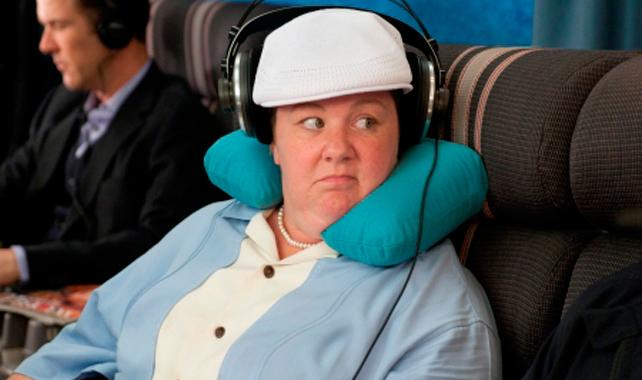
A three-thousand word treatise published by The New Zealand Medical Journal on Friday has given anxious flyers prone to bouts of flatus good cause to breathe easy again, after a highly-scientific conducted by actual scientists produced empirical evidence supporting those in favour of farting on planes.
To do otherwise is now officially bad for your health, according to Science.
It took five researchers, gastroenterologists from all over the world, to determine that high altitude air pressure changes cause the body to produce more gas; gas that under the pretence of decency in a confined presurised cabin often remains confined in an even smaller pressurised cabin. It is there, under great duress, that the gas exposes its captor to the increased likelihood of contracting terrible ailments.
The resulting “subsequent stress symptoms… hold significant drawbacks for the individual, such as discomfort and even pain, bloating, dyspepsia (indigestion), pyrosis (heartburn) just to name but a few resulting abdominal symptoms.” Ergo, let it go.
Pilots, however, are to be advised by Science against indulging in crass gaseous disgorgement as this could literally pose a threat to the safety of everyone.
“On the one hand, if the pilot restrains a fart, all the drawbacks previously mentioned, including impaired concentration, may affect his abilities to control the plane,” said the actual scientific article published in a presumably respected medical journal.
“On the other hand, if he lets go of the fart, his co-pilot may be affected by its odour, which again reduces safety onboard the flight.”
Other fun facts revealed by these great enquiring minds: women’s emissions smell worse, says Science; sulphur causes unpleasant odours (as anyone who has been to New Zealand will tell you), says Science; the average person farts ten times daily, again, says The Science.
Also, the actual scientists who have degrees and everything “humbly propose that active charcoal should be embedded in the seat cushion, since this material is able to neutralise the odour. Active charcoal may be used in trousers and blankets to emphasise this effect.”
Bon voyage. Do with this information what you will.
via NY Daily News



